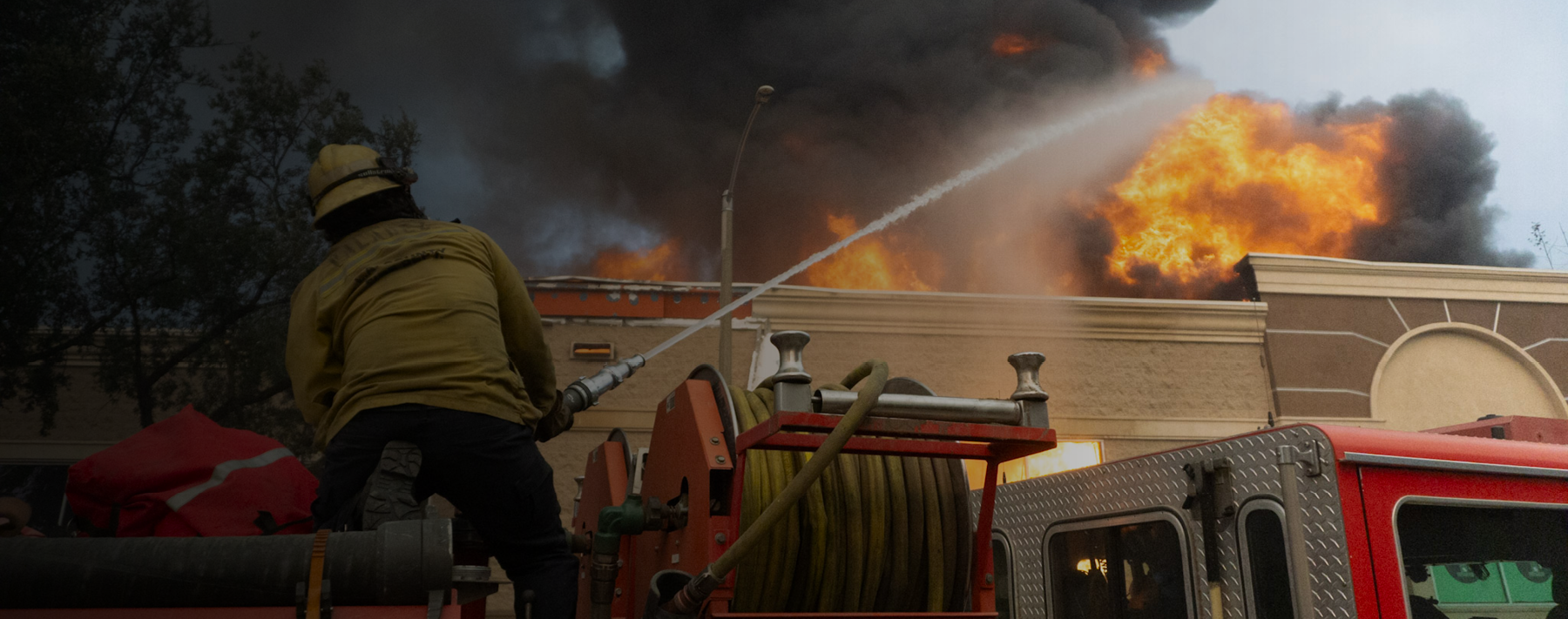The tones in your firehouse go off and you anticipate more information to follow: a motor vehicle accident? EMS call? Food-on-the-stove fire? While your mind races to prepare for the response, there’s a key factor you may be missing: Is hazmat involved?
Hazardous materials training is a fact of life in the fire service, but too often, we complete our annual refresher and move on without fully appreciating the importance of early recognition of hazmat. It isn’t a regular consideration for many of us and it isn’t top of mind on every call. But it’s a mistake to relegate hazmat considerations to calls identified as hazardous materials incidents. Unfortunately, this may mean that firefighters will discover the hazmat risk only after experiencing the direct effects at a scene.
Instead of being reactive when hazardous materials are discovered on the scene, we can be proactive and begin with a hazmat assessment. If there’s no concern after an assessment, we can continue with the response. If we identify a threat, we can take steps to treat those who have been contaminated, move others to safety and avoid contamination for our crew members. Ultimately, we never want to walk into a situation unprepared and unaware of the potential risks. If we assume there is no hazmat risk, we may further complicate the emergency.
Understanding the Risks in Your Community
Hazmat awareness training for your firefighters should be centered on the risks present in your community specifically. Know what you face, review information from your fire prevention division and perform inspections and walk-throughs of facilities to gain a strong understanding of industries in the community.
Think through how to respond to different hazmat scenarios and integrate these actions into your training materials. Determine if training at the hazmat awareness level is sufficient or if your community will require firefighters trained at the operations or technician levels.
Potential hazmat risks can arise from transportation, which is prominent in almost every community. Motor vehicle accidents, shipments of hazardous materials and leaks are possibilities all firefighters should be aware of and prepared for. Industries such as manufacturing and pharmaceuticals often contain solvents and utilize complex chemical processes that could lead to a hazmat incident. What chemicals exist in what quantity and how are they stored or transported? Understanding these risks and how they exist within your community is the first step to being prepared when the time comes.
Hazmat risks can exist on any call. Firefighters may enter a home on a routine medical call and skip the hazmat assessment, missing that the illness is caused by carbon monoxide poisoning and exposing themselves as well. Including an evaluation for the presence of hazmat in your initial analysis of the situation enhances your safety and the safety of the community members you serve. The biggest challenge we face as first responders regarding hazmat is walking into a situation unaware and exposing ourselves to dangerous and harmful materials. When first responders are exposed, we cannot effectively respond to hazmat situations.
Addressing Risks Through Hazmat Awareness Training
Once we understand the risks, we can develop response procedures and build training methodologies on a solid foundation. This starts with compiling our knowledge of community risks and analyzing them. Likely, your city has plans in place for any large-scale hazmat incident, but does your team know what their response should be within it? Think through how to respond to different hazmat scenarios and integrate these actions into your training materials. Determine if training at the hazmat awareness level is sufficient or if your community will require firefighters trained at the operations or technician levels.
Incorporate hazmat awareness into recurring, topical training such as motor vehicle accidents. Emphasizing the need to take hazardous materials into consideration within various training scenarios will reinforce the need to apply it in every emergency response. When reviewing materials, determine how your team traditionally responds and how that approach may need to change to address potential hazmat risks. For example, firefighters should make it a general practice to approach each scene from an uphill position and avoid areas with leaking fluids. Enter a scene with the knowledge there may be a hazmat risk and be ready to respond appropriately.
Approaching Hazmat Awareness Training
Hazmat awareness training for firefighters can be provided by a combination of online learning and scenario-based training. Online courses can provide a sound basis for understanding of toxicology, hazardous materials, first responder safety and best practices. Ensuring your firefighters have a firm grasp on these concepts will help them implement appropriate responses in training and on calls. FireRescue1 Academy has recently added new Hazards and Hazmat courses to address these issues.
While many firefighters may view hazmat as an afterthought, it should be a consideration in every emergency we respond to. At the very least, we need to be training our firefighters on how to evaluate incidents for potential hazmat risks. We must not go in unprepared and unaware.



